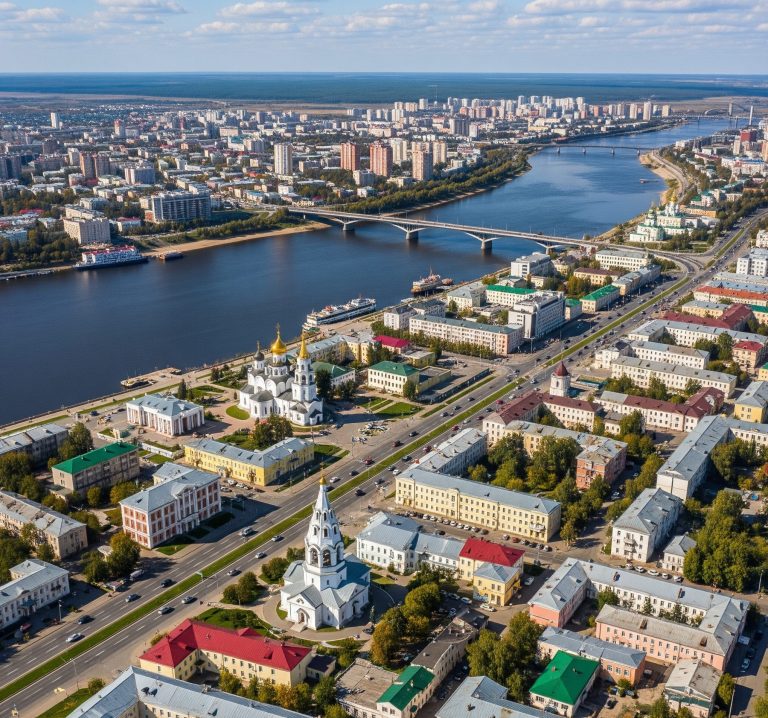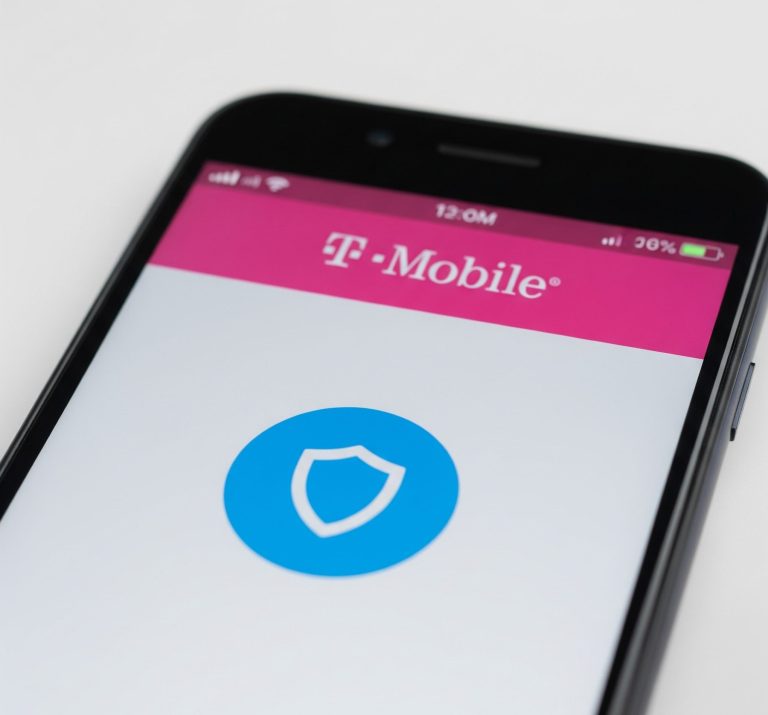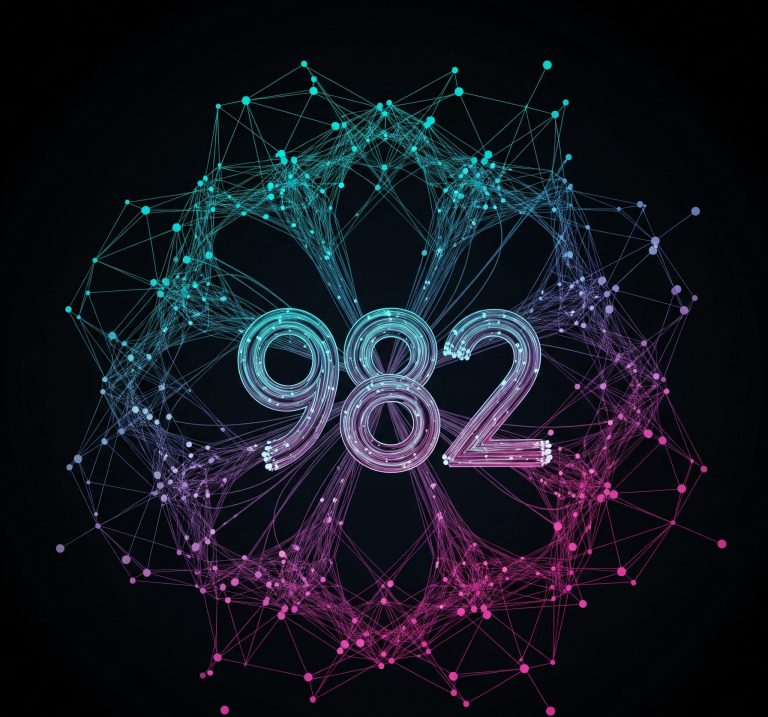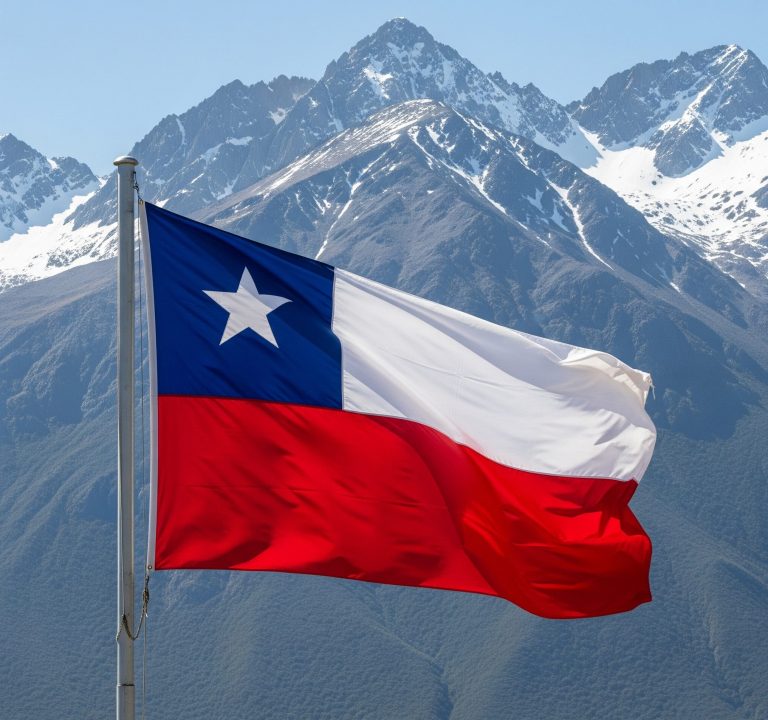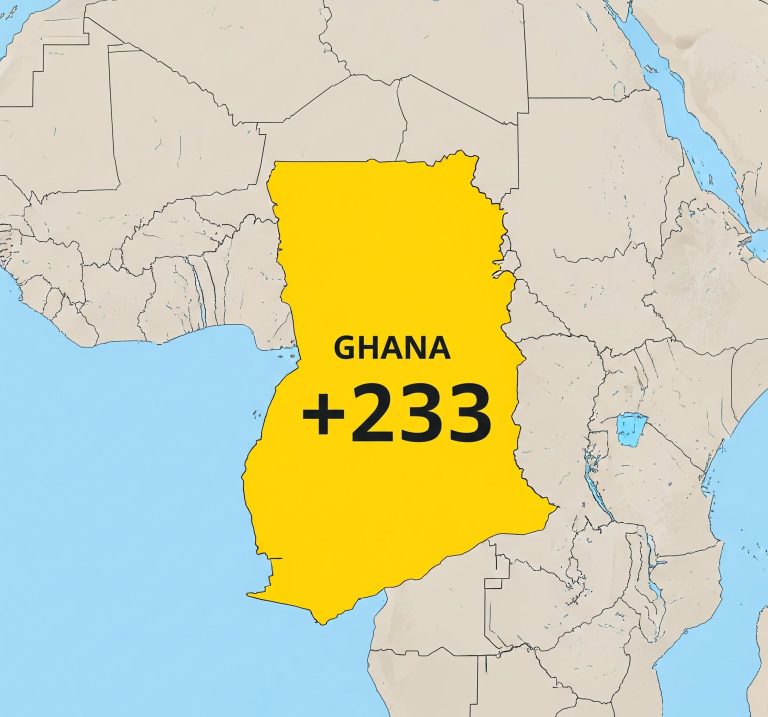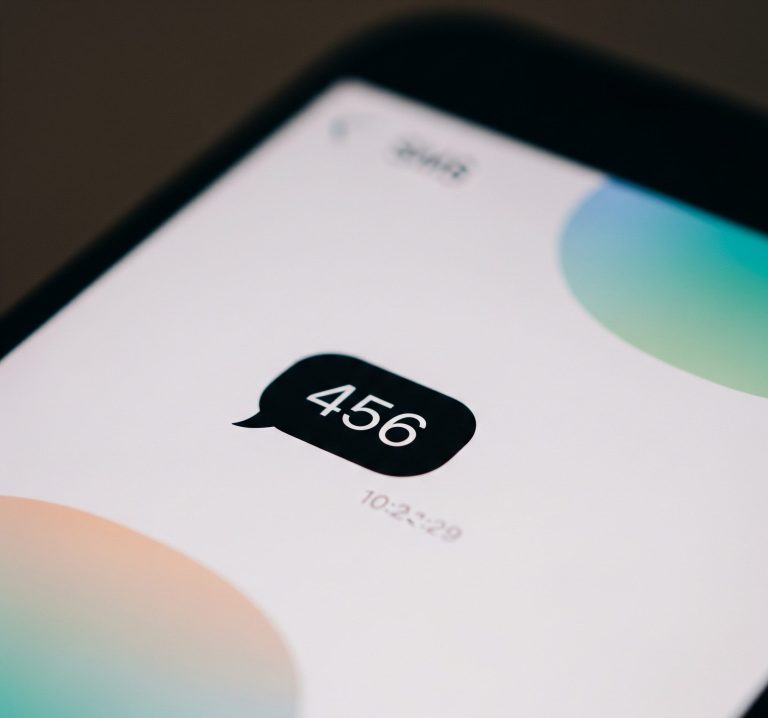In the vast and intricate network of American telecommunications, area codes serve as vital geographical identifiers, directing calls to their intended destinations across the nation. From the bustling metropolises to the quietest rural towns, these three-digit prefixes are an integral part of our daily communication. While many area codes are deeply embedded in our collective consciousness, others, like the intriguing area code 333, often spark curiosity or even confusion. This article aims to shed light on the nature of area code 333, exploring its theoretical implications within the U.S. telephone system and what it means for consumers.
Contents
The Role of Area Codes in the North American Numbering Plan (NANP)
To understand area code 333, it’s crucial to first grasp the foundational structure of the North American Numbering Plan (NANP). The NANP is a telephone numbering scheme used by 20 countries and territories, including the United States, Canada, and several Caribbean nations. It dictates how telephone numbers are assigned and organized.
Structure of a Phone Number
A standard 10-digit telephone number under the NANP follows the format: (NPA) NXX-XXXX
Where:
- NPA (Numbering Plan Area) is the Area Code: This is the three-digit prefix that identifies a specific geographic region.
- NXX is the Central Office Code (or Exchange Code): The next three digits, which identify a specific local exchange within the area code.
- XXXX is the Line Number: The final four digits, identifying a specific subscriber line within that exchange.
The primary purpose of area codes is to allow for direct dialing between different regions without needing operator assistance, efficiently routing calls across vast distances.
The Reality of “Area Code 333”
When we delve into the operational reality of the NANP, a fascinating detail emerges regarding area code 333: Area code 333 is currently not an assigned or active area code within the United States, nor in any other territory participating in the North American Numbering Plan.
Why Some Codes Remain Unassigned
The NANP is meticulously managed by the North American Numbering Plan Administrator (NANPA). While millions of numbers are in use, a significant portion of the possible three-digit combinations for area codes are reserved, unassigned, or have specific technical uses.
There are several reasons why a number like area code 333 might be unassigned:
- Future Growth: The NANP maintains a pool of unassigned area codes to accommodate future population growth and increasing demand for telephone numbers. As existing area codes become “exhausted” (meaning most of their available numbers have been assigned), new area codes are introduced, often as overlays or geographic splits.
- Special Purpose Codes: Some three-digit combinations are reserved for specific technical functions or services, preventing their use as standard geographic area codes. For example, codes like 800, 888, 877, 866, 855, 844, and 833 are toll-free numbers, while 911 is reserved for emergency services.
- NXX-Specific Restrictions: The NANP also has rules about which digits can be used in certain positions for area codes to avoid conflicts with existing NXX codes or other service numbers.
The Role of “Test Codes” and Fictional Numbers
However, the term “area code 333” does appear in certain contexts, primarily in media, fiction, or as placeholder numbers for testing purposes.
- Fictional Portrayal: In television shows, movies, and literature, fictional phone numbers are often used to avoid inadvertently dialing real subscribers. Area code 333 might be chosen for such purposes because it sounds plausible but isn’t actually in use. This allows storytellers to create realistic scenarios without disrupting real-world communications.
- Testing and Documentation: Developers and telecommunications engineers might use unassigned or reserved number ranges for internal testing, documentation, or examples. Using a non-existent code like area code 333 prevents accidental calls to real numbers during development or training exercises.
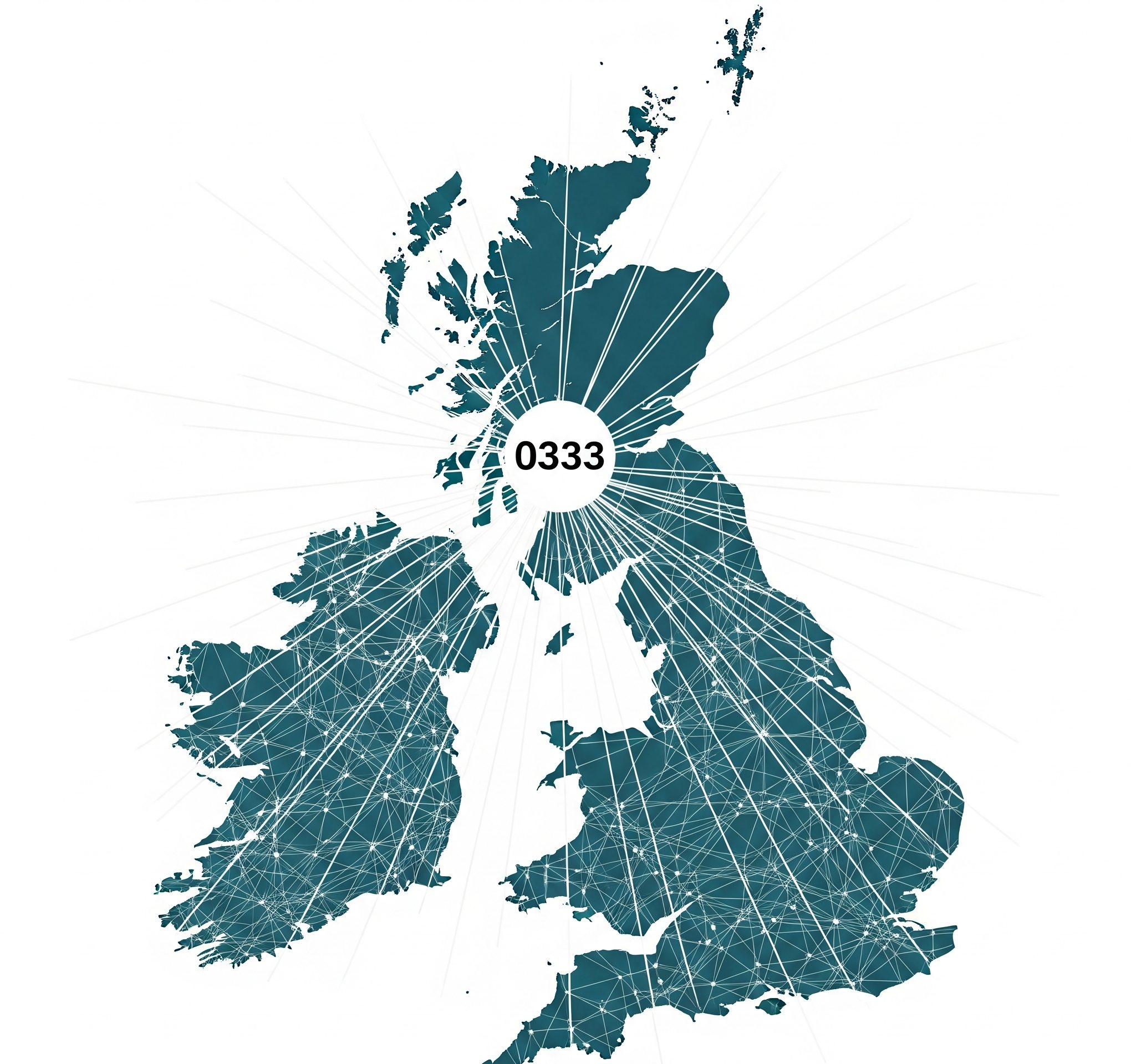
What Does This Mean for the American Consumer?
For the average American consumer, the non-existence of area code 333 has a few key implications:
Call Routing and Invalid Numbers
If you were to dial a number beginning with area code 333, your call would likely fail to connect. The telephone network’s switches are programmed to recognize valid area codes and route calls accordingly. An unassigned code would simply not be recognized as a legitimate destination, resulting in an error message or a failed call.
Scam Prevention and Awareness
Understanding that codes like area code 333 are not real can be a subtle but useful tool in identifying potential scams. While sophisticated scammers often use legitimate-looking caller IDs, a call or text message purportedly from an unrecognized and non-existent area code 333 should immediately raise a red flag. It’s a reminder to always be cautious about unsolicited communications, especially those asking for personal information or demanding immediate action.
Planning for Future Numbering Changes
The NANP is a dynamic system. As populations shift and telecommunication needs evolve, new area codes are regularly introduced. While area code 333 is not currently in use, it is conceivable that in the distant future, if numbering demand continues to grow and other options are exhausted, it could potentially be assigned. However, any such assignment would be preceded by extensive public notification and regulatory processes.
The Future of Area Codes in the Digital Age
The landscape of American telephony is continuously evolving. The rise of Voice over Internet Protocol (VoIP) and mobile communications has changed how we think about traditional landlines and geographic boundaries. Yet, area codes remain a fundamental part of the numbering plan, providing structure and order to our communications.
Even with the increasing prevalence of mobile phones, which can retain their numbers across different geographical locations, the underlying system still relies on area codes for initial number assignment and network routing. The strategic management of unassigned codes, like the theoretical area code 333, ensures that the NANP has enough capacity to serve the communication needs of the United States well into the future.
Conclusion: The Hidden Order in Our Calls
While area code 333 may not lead you to a specific city or region in the United States, its current status as an unassigned yet sometimes referenced code highlights the meticulous planning and ongoing management of our national telephone system. It’s a testament to the foresight built into the North American Numbering Plan, ensuring that even as technology advances, there’s a robust and organized method for connecting voices across vast distances. For the American consumer, understanding these underlying structures not only satisfies curiosity but also provides a deeper appreciation for the complex engineering that enables our everyday conversations.


